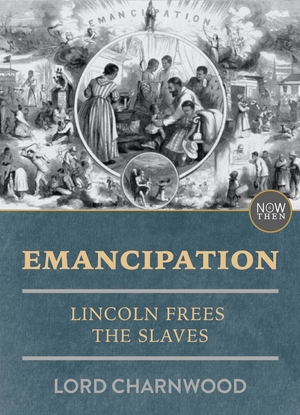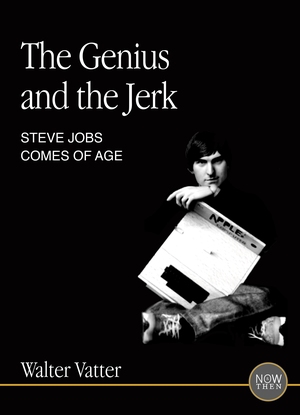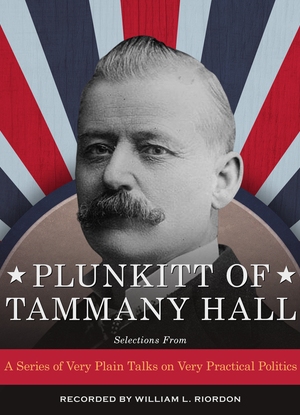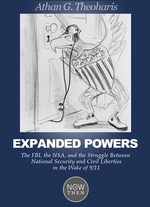by William L. O'Neill
DAWNING OF THE COUNTER-CULTURE: THE 1960s
Counter-culture as a term appeared rather late in the 1960s. It largely replaced the term “youth culture,” which finally proved too limited. When the sixties began, youth culture meant the way adolescents lived. Its central institutions were the high school and the mass media. Its principal activities were consuming goods and enacting courtship rituals. Critics and students of the youth culture were chiefly interested in the status and value systems associated with it. As time went on, college enrollments increased to the point where colleges were nearly as influential as high schools in shaping the young. The molders of youthful opinion got more ambitious. Where once entertainers were content to amuse for profit, many began seeing themselves as moral philosophers. Music especially became a medium of propaganda, identifying the young as a distinct force in society with unique values and aspirations. This helped produce a kind of ideological struggle between the young and their elders called the “generation gap.” It was the first time in American history that social conflict was understood to be a function of age. Yet the young were not all rebellious. Most in fact retained confidence in the “system” and its norms. Many older people joined the rebellion, whose progenitors were as often over thirty (where the generation gap was supposed to begin) as under it. The attack on accepted views and styles broadened so confusingly that “youth culture” no longer described it adequately. Counter- culture was a sufficiently vague and elastic substitute. It meant all things to all men and embraced everything new from clothing to politics. Some viewed the counter-culture as mankind’s best, maybe only, hope; others saw it as a portent of civilization’s imminent ruin. Few recalled the modest roots from which it sprang.








